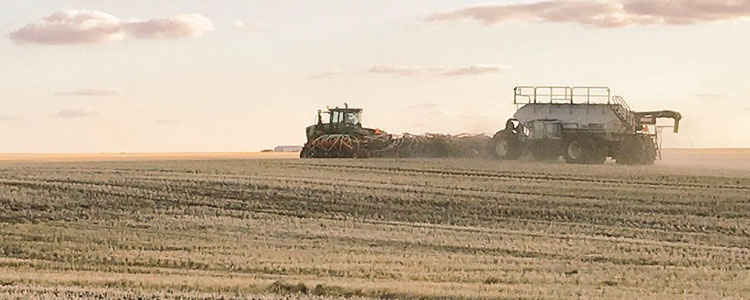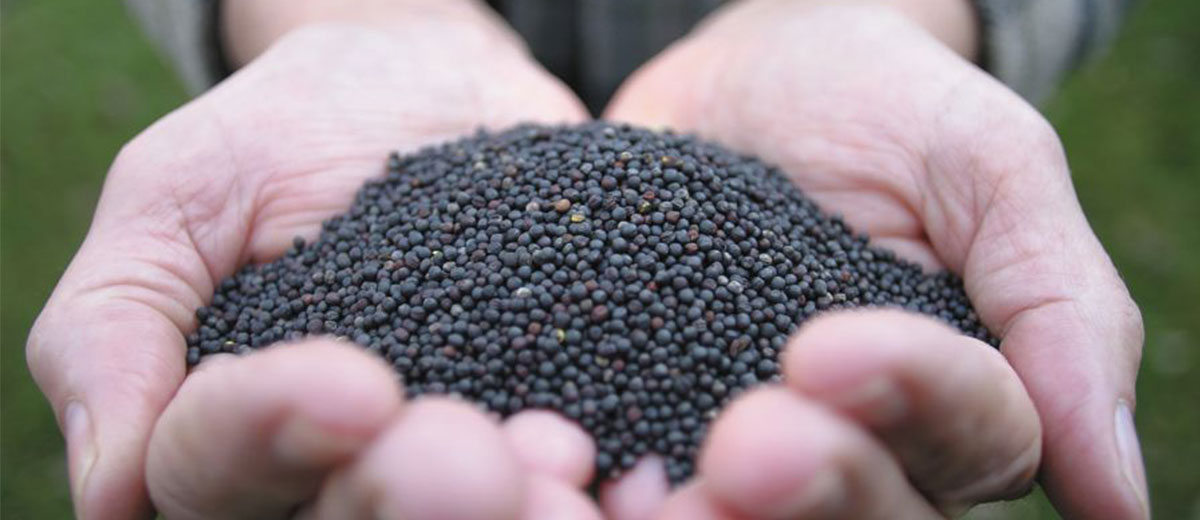
Variable Rate Mapping BMP
By Kari Burnett, PAg, Agriculture Program Specialist
In Western Canada, precision farming applications are being adopted by producers to varying degrees. Although variable rate nitrogen fertilization is the most common, variable rate treatments can also apply to seed, pesticides, or even irrigation.
There are many reasons for using variable rate treatments, including:
- Increasing yields through variable rate fertilizer applications (note: this may also increase fertilizer costs);
- Increasing profit by reallocating fertilizer from less productive portions of the field without increasing overall fertilizer applied per field (this increases revenues without increasing costs);
- Increasing yield and revenues by focusing on increasing yields in less productive portions of the field;
- Reducing fertilizer costs through variable rate fertilizer treatments;
- Increasing the quality of production through variable rate applications;
- Evening out maturity or reducing lodging (this may require varying fertilizer and seeding rates); and,
- Reducing pesticide costs on practices such as fungicides for disease control.
Evaluating the results of using variable rate treatments is important to measure whether you are reaching your objectives. Using a combination of GPS and calibrated yield monitors are the most common ways to determine geo-referenced yields, and comparing results.
Under the Canadian Agricultural Partnership (CAP) Farm Stewardship Program, there is a Variable Rate Mapping Beneficial Management Practice (BMP) available to assist producers to obtain zone maps for variable rate fertilizer and variable rate irrigation application. Through this BMP, producers can reduce their environmental impacts to soil and water resources and decrease greenhouse gas emissions.
Funding is available at a rate of 30 per cent to maximum of $2,000. The maximum eligible costs for variable rate mapping are $8 an acre, which works out to a maximum

reimbursement of $2.40 an acre.
This BMP under the Farm Stewardship Program is the only rebate program – the others all require pre-approval. To be eligible for the Variable Rate Mapping BMP:
- Producers must earn a minimum of $50,000 of gross farm income in the province of Saskatchewan;
- Producers who own, lease or rent property where livestock and poultry are grown, bred, kept, raised, displayed, assembled or disposed of require a Saskatchewan Premises Identification; and,
- Producers must have an Environmental Farm Plan Certificate or other sustainability initiative such as Verified Beef Production Plus (VBP+), 4R Nutrient Stewardship or an International Sustainability and Carbon Certificate (ISCC).
Eligible activities for reimbursement under the Variable Rate Mapping BMP include one-time consulting services and associated costs for purposes of creating zone maps for variable rate fertilizer and variable rate irrigation application, on fields that have not previously been mapped. All invoices for eligible expenses must be dated April 1, 2018, or later.
Ineligible activities or items include:
- Soil sampling or soil conductivity testing if not done as part of a consulting service for the purpose of creating zone maps for variable rate fertilizer or variable rate irrigation application;
- New or used equipment;
- Equipment modifications;
- Hardware or software related to yield mapping or data capture for the purpose of creating zone maps;
- GPS guidance units including hand-held GPS units; and,
- In-kind labour.
For the latest information and for more updates on everything Kindersley ‘Like’ the Kindersley Social Facebook page below…








































